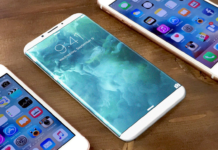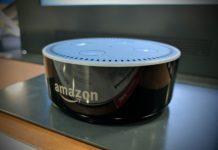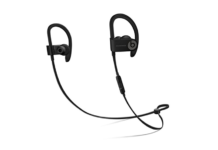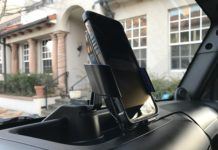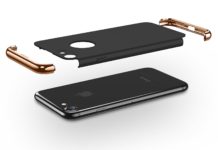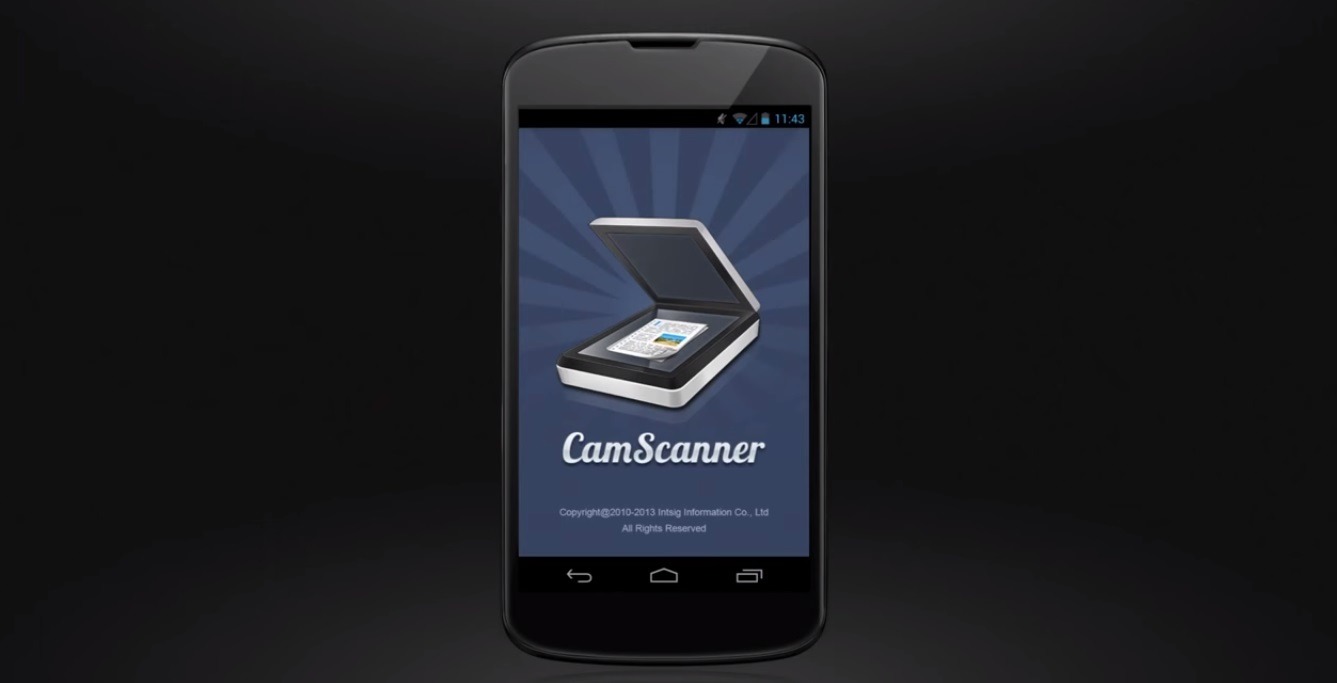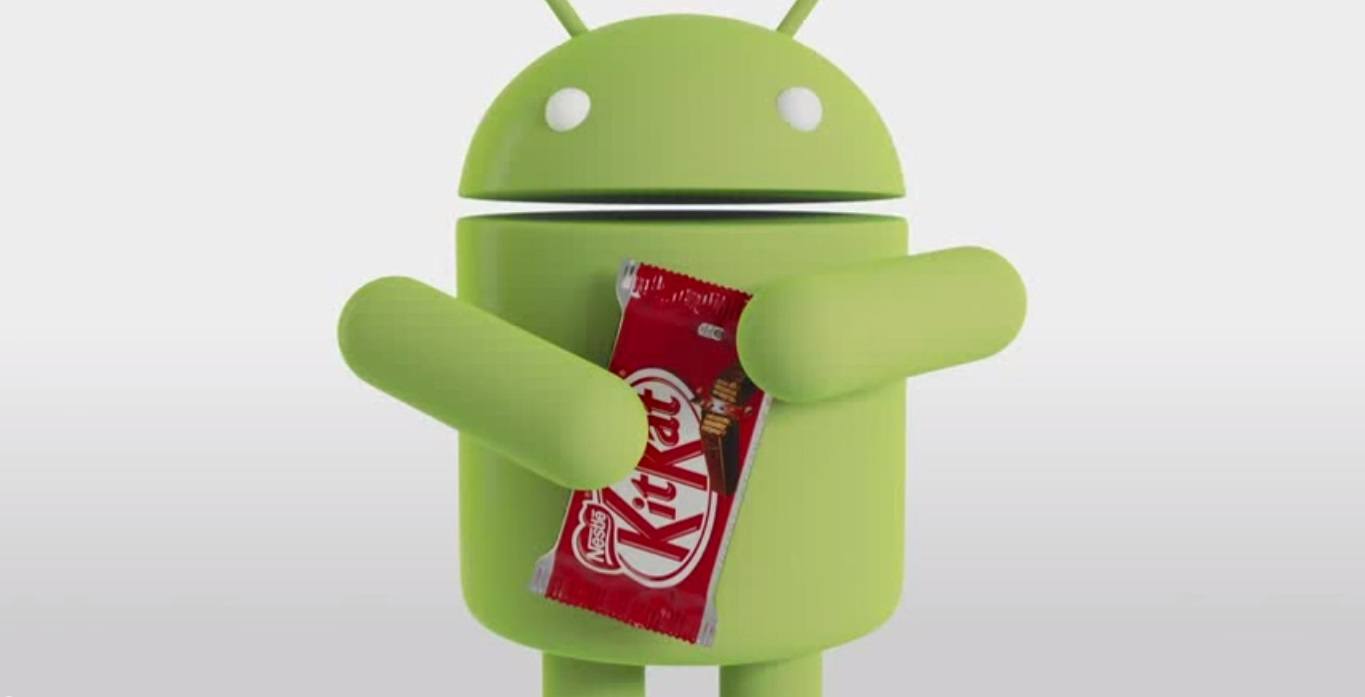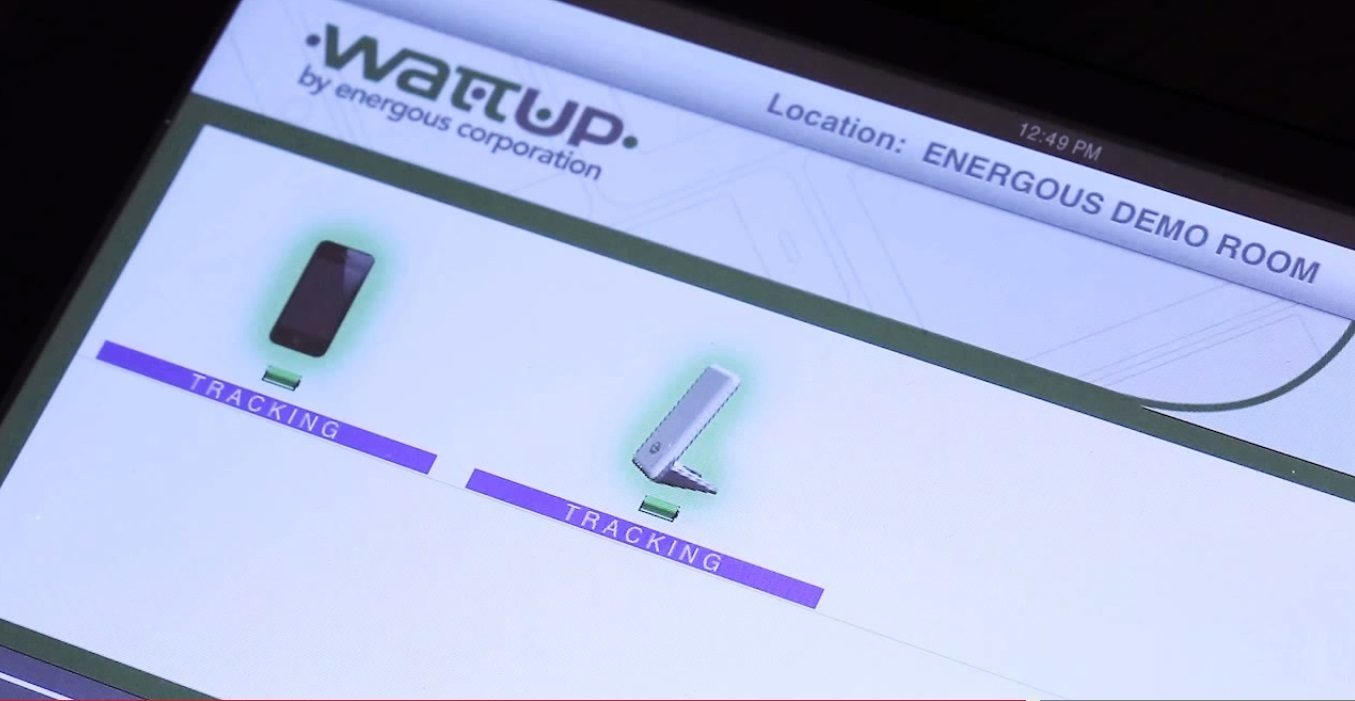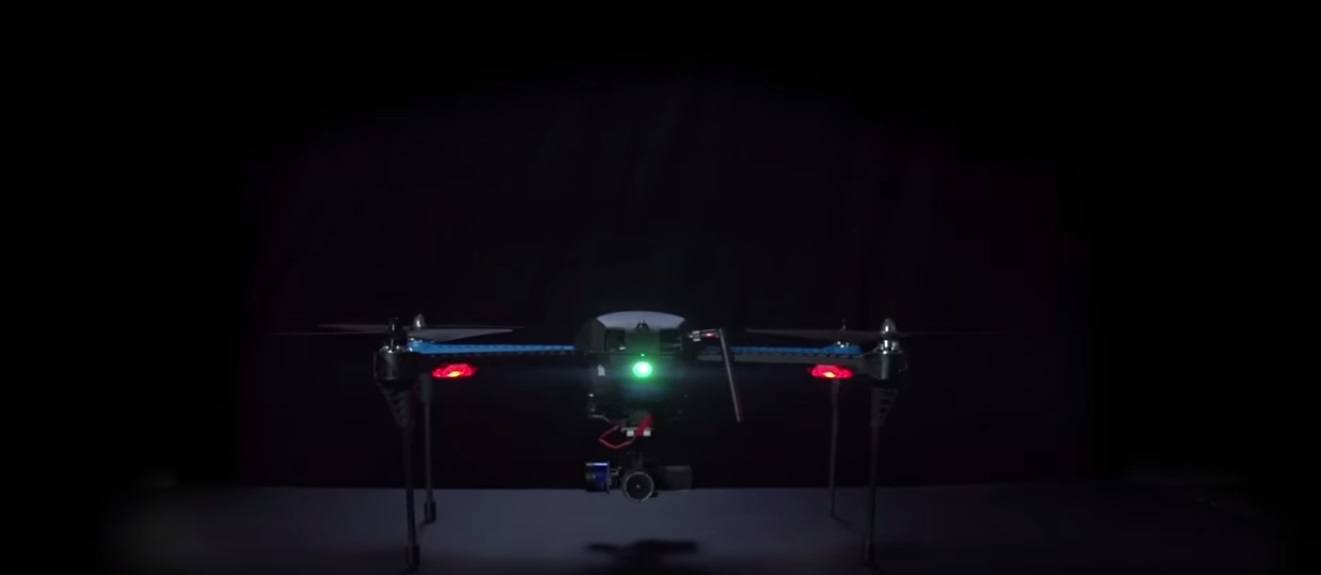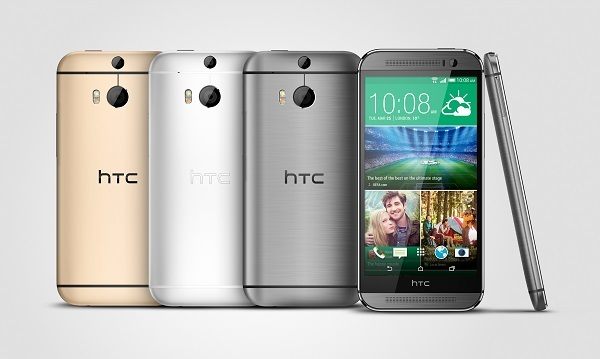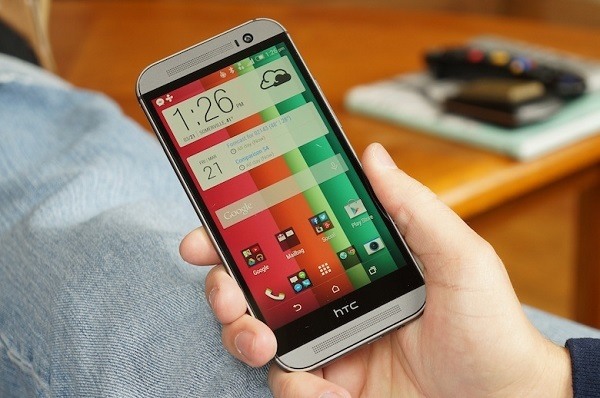While Apple is known for the chic popularity of their iPhones (and their bendy frames) and Samsung is known for the sheer technological power that they pack into their handsets, HTC is inarguably known for its cameras. Both the HTC One and successor the HTC One (M8) doubled down on camera specs with the latter introducing something called ‘UltraPixels’.
And it’s this that HTC was set to embrace at its ‘Double Exposure’ event earlier this month. With whispered rumours and leaked images, everything pointed to the US occasion being the reveal of new, camera-focused handsets.
Only it didn’t completely pan out like that. The HTC Desire Eye was announced but the HTC One (M8) Eye, which was also expected, was notably absent. That doesn’t mean that the phone doesn’t exist however, as it has now been released in Asia.
It being a New York-based event hosted by HTC America it makes sense that the HTC (M8) Eye never showed its face at Double Exposure, the information we do have is from the listing of HTC’s China store.
According to the listing, the HTC One (M8) Eye is identical to the original HTC One (M8) in all but name and camera specs. Like the One (M8) before it, the One (M8) Eye has a 5-inch screen capable of 1080p HD, a quad-core Snapdragon 801 processor and it will run Android 4.4 KitKat, the latest version of Google’s open source operating system.
As for the beefed up camera specs, the UltraPixel camera offering of the One (M8) has been switched out here for a 13 megapixel one instead. The 5 megapixel ‘selfie’ camera on the front and the depth of field sensor that’s responsible for altering a picture’s focus and the like have been kept the same though.
So why did HTC decide to release the same phone, leaving all but one thing unchanged? When the HTC One (M8) launched the UltraPixel cameras were strong and in tests against the phone’s competitors (the iPhone 5S and the Samsung Galaxy S4 etc.) results proved favourable to HTC’s new flagship. But, resolution dipped in lower lighting and the phone never proved to be the ‘professional’s mobile alternative’ that some (mainly HTC) had hoped it would be.
HTC is also packing in ‘Eye Experience’ into the HTC One (M8) Eye which adds photo editing software such as a Face Fusion app (which is exactly what it sounds like), face recognition tech for video calls and Split Capture (which takes photos from both cameras at the same time) too.
As the phone is not yet out, we won’t know if the HTC One (M8) Eye fixes the camera problems of its predecessors or if it only continues them. Should the phone actually improve upon the UltraPIxel tech, most of us won’t know it for a while either as the phone is only currently planned for released in China.
Bad news for most of us out here in the west then but there is the slight hint that the HTC One (M8) Eye could comes to one other country in Asia. NDTV reports that the phone has been listed on one Indian import/export site and could signal a release (eventually) in the South Asian country.
Again, that doesn’t necessarily mean that the phone will launch in North America or Europe and I wouldn’t place any bets on that just yet. But, with the absence of the HTC One (M8) Eye the HTC Desire Eye might prove a reasonable alternative in the meantime.
Source: Digital Trends
Are you disappointed that the HTC One (M8) Eye isn’t going to be released outside of Asia? Leave a comment and let us know.

